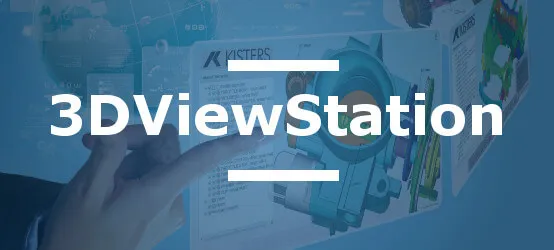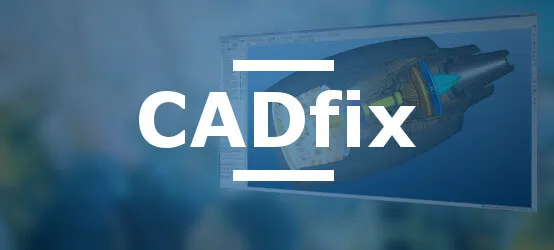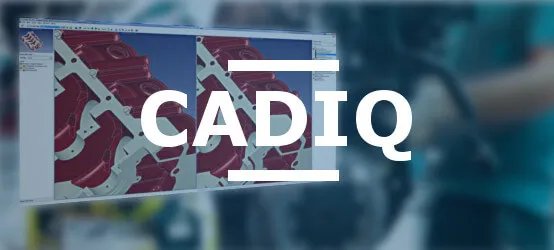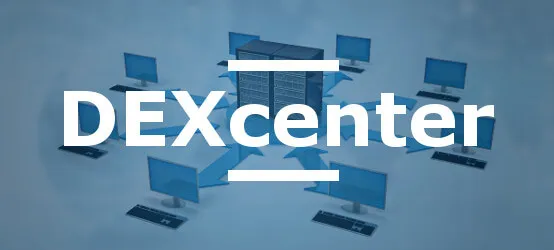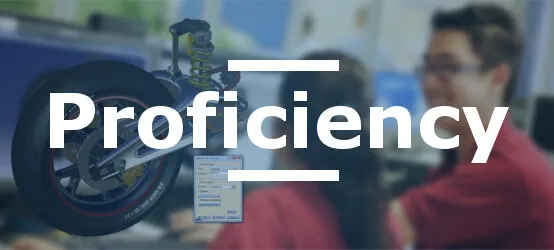Catia V5, developed by Dassault Systèmes in 1998, is a Computer-Aided Design (CAD) software widely used in industries such as aerospace, automotive, and industrial engineering. It enables the design of complex 3D models and offers advanced functionalities to meet the diverse needs of engineers and designers. However, Catia V5 data interoperability remains a major challenge for companies collaborating with different CAD systems. Here is a detailed guide to understanding the formats, tools, and solutions available to optimize your Catia V5 data exchanges.
History and Migration from Catia V4 to Catia V5
The migration of data from Catia V4 to Catia V5 introduced several challenges. Although Catia V5 provides a migration tool to convert the construction history of V4 models, some limitations persist:
- No support for assemblies and multi-solids.
- Loss of parametric information.
- Incompatibility with certain special entities.
These limitations often require manual validation or the use of third-party tools to ensure the integrity of migrated data.
Proprietary Formats of Catia V5
Catia V5 uses several proprietary extensions tailored to different needs:
- .CATPart: 3D models of individual parts.
- .CATProduct: Complex assemblies.
- .CATDrawing: 2D technical drawings.
- .CGR: Faceted representations for visualization.
- .3DXML: Lightweight models for sharing without native software.
These formats allow efficient data management, but their conversion to other systems can be problematic without appropriate tools.
Available Catia V5 Modules for CAD Interoperability
| Modules | P1 | P2 | Description | |
|---|---|---|---|---|
| CATIA - Extended STEP Interface | SXT | Expands STEP capabilities for long-term archiving and 3D annotations. | ||
| CATIA - Product Data Filtering | DF1 | Removes sensitive information before data exchange | ||
| MultiCAx Products | DAL DGL DTL |
Import of 3D data from I-DEAS, Pro/ENGINEER, Unigraphics, SolidEdge, Inventor, SolidWorks, ACIS, Parasolid, DELMIA, CATIA Version 4, CATIA Version 5 and various other formats (IGES, STEP, STL, SLP, OBJ Wavefront, VRML, I-DEAS IFF). | ||
| CATIA - CADAM Interface | CC1 | Share 2D drafting information between CATIA CADAM Drafting (CCD) and drafting products V5 | ||
| CATIA - IGES INTERFACE | IG1 | Data exchange via the neutral IGES format | ||
| CATIA - STEP Core Interface | ST1 | Reading and writing data in STEP data formats AP214 and AP203 | ||
| CATIA - STRIM/STYLER to CATIA Interface | STC | Allows CATIA V5 to process the geometry of STRIM and STYLER applications | ||
| CCATIA - ICEM Surf to CATIA Interface | ICC | Import / Export of ICEMDB files in CATIA | ||
| CATIA - V4 Integration | V41 | V4I | Integration of Catia V4 into Catia V5 | |
| CATIA - ENOVIAvpm Supply Chain Engineering Exchange | EW1 | EWE | Allows a subcontractor to load and work on a CATIA work package extracted by the OEM from its ENOVIA context | |
Downward Compatibility
Catia V5 includes a downward compatibility tool that allows models to be converted to an earlier version. However, this tool also has limitations:
- Loss of construction history.
- No support for multi-solid assemblies and certain specific entities.
For successful conversion, it is recommended to use specialized solutions such as those offered by CAD Interop.
Available Exchange Formats
Catia V5 supports several native and neutral exchange formats:
- BREP (Boundary Representation): Precise geometric formats (STEP AP203/AP214).
- Tessellated: Lightweight formats such as STL or CGR for visualization.
The required licenses vary depending on the type of exchange:
- STEP Core Interface (ST1): Standard geometric import/export.
- Extended STEP Interface (SXT): Includes PMI (Product Manufacturing Information) and functional 3D annotations.
PMI Exchange and Model-Based Definition (MBD)
With the growing adoption of MBD, users must manage PMI in their exchanges. Best practices include:
- Using the STEP format with the SXT license to include 3D annotations.
- Checking system compatibility to avoid losing critical information.
CAD Interop Solutions Compatible with Catia V5
CAD Interop offers several tools to address interoperability challenges around Catia V5:
Visualization
- 3DViewStation: Fast and intuitive visualization of Catia V5 files without a native license.
Conversion and Simplification
- CADfix: Conversion and simplification between CAD formats while repairing defective geometries.
- DEXcenter: Automates data exchange and translation processes.
Validation and Revision Documentation
- CADIQ: Quality validation to detect discrepancies between versions or formats.
Migration
- Proficiency: Automated migration preserving parametric functions.
Virtual Reality
- SimLAB : Create immersive experiences using Catia V5 models in 3Dxml format.
Best Practices for Catia V5 Interoperability
To optimize your data exchanges:
- Always validate files after conversion or migration.
- Use neutral formats like STEP for maximum compatibility.
- Leverage specialized tools distributed by CAD Interop to automate and secure your processes.
- Document your exchange workflows to avoid repetitive errors.
The interoperability around Catia V5 is essential to ensure smooth collaboration between partners using different CAD systems. Thanks to the solutions offered by CAD Interop, you can convert, visualize, validate, and simplify your data while maintaining its integrity. Contact us today to discover how our tools can meet your specific CAD interoperability needs.


